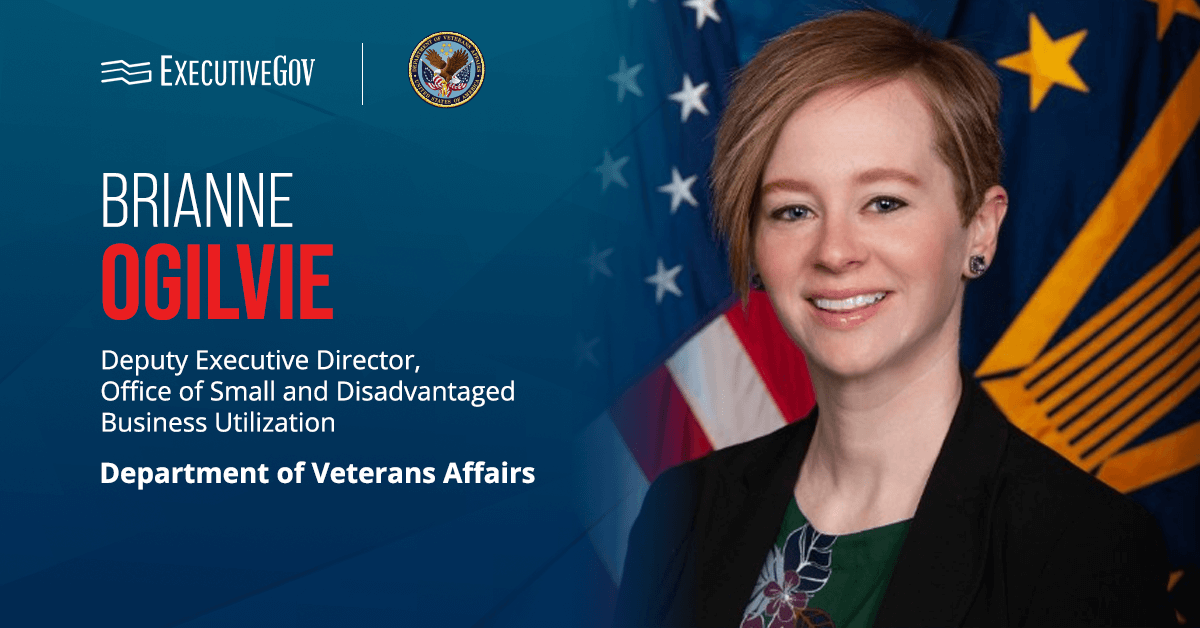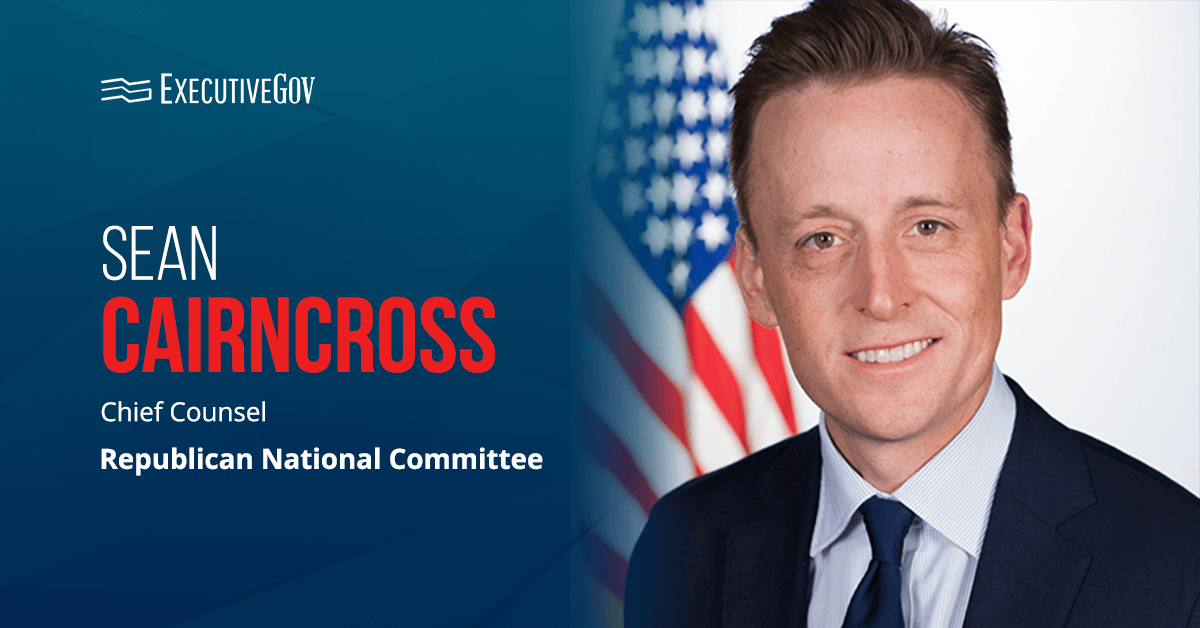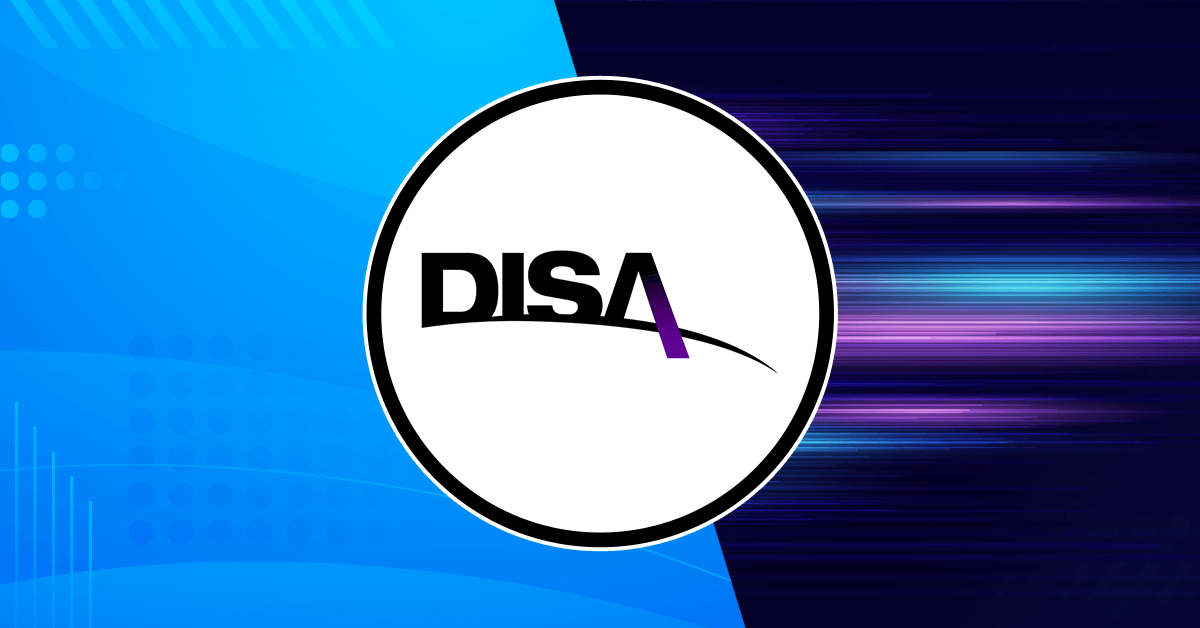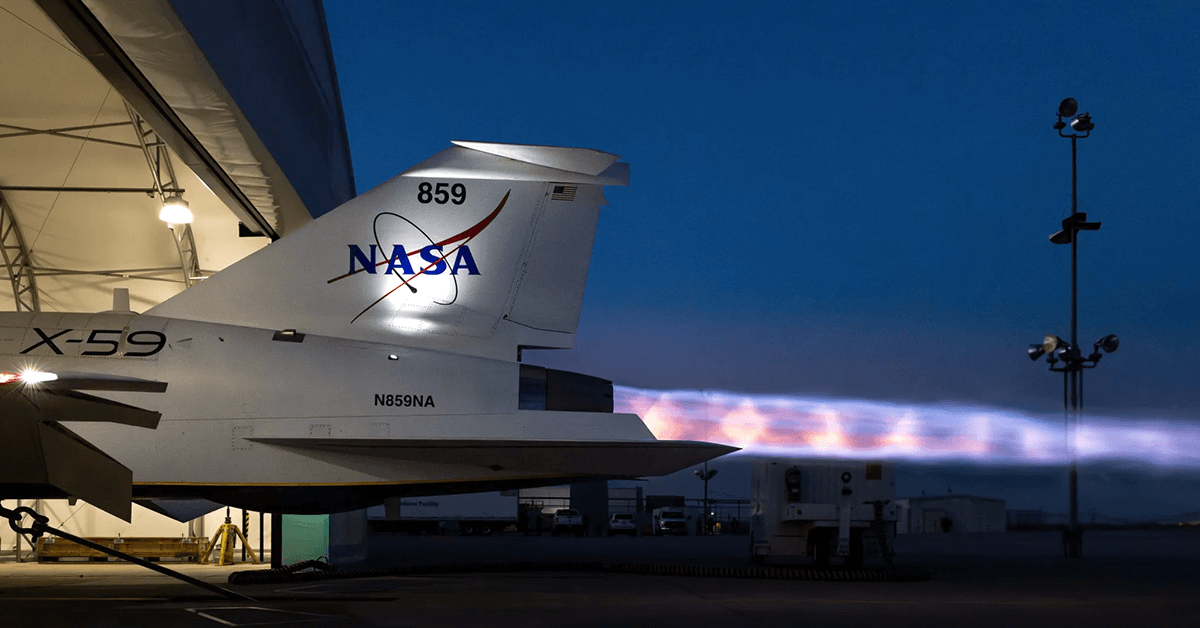The Department of Veterans Affairs has appointed Brianne Ogilvie, a more than a decade VA executive, as deputy executive director of the Office of Small and Disadvantaged Business Utilization, or OSDBU.
The VA office announced Ogilvie’s appointment in a LinkedIn post published Tuesday.
Brianne Ogilvie’s Career Highlights
Ogilvie most recently served as acting deputy undersecretary for policy and oversight at the Veterans Benefits Administration, a role she assumed in October 2024. In addition to this position, she served as assistant deputy undersecretary at VBA.
In these capacities, she managed the operation of 10 business lines and program offices responsible for over $154 billion in benefit payments to veterans, service personnel, their family members and survivors.
The Wellesley College graduate previously served as executive director of the VBA Office of Administrative Review, formerly the Appeals Management Office. In this position, she oversaw VBA’s modernized decision review program for veterans and managed VBA’s legacy appeals, related policy and operations for 2,100 employees across the country. Before becoming chief, she served as the office’s deputy executive director.
According to her LinkedIn profile, Ogilvie spent nearly a decade at the VA Board of Veterans’ Appeals, where she served as chief of litigation and customer support division and special counsel to the chief counsel for operations.
The VA official has a Juris Doctor degree from Baylor University.











